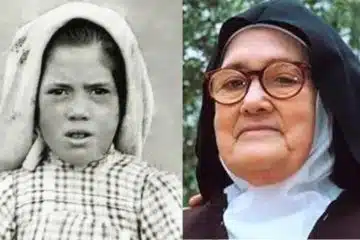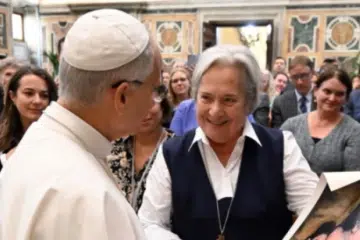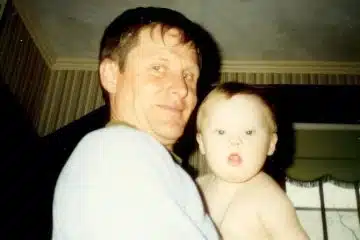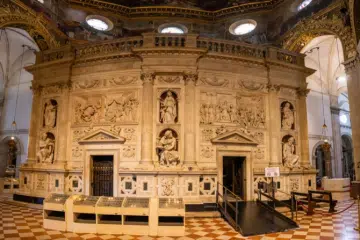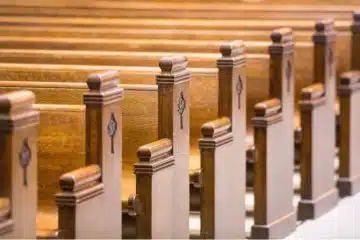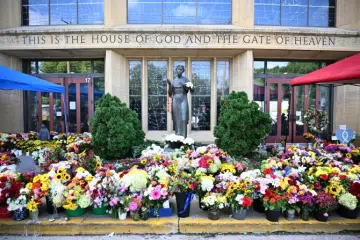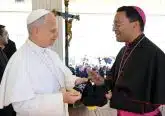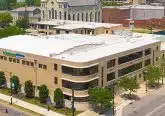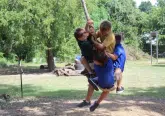Jesus in Every Classroom
 When parents send their children to a Catholic school, they expect them to get a faith-filled education—school days that begin and end with prayer, with more prayer sprinkled in throughout the day. But, religion teachers aren’t the only ones addressing faith in their classrooms. It’s often in the informal moments when teachers of other subjects can reach students in unexpected ways. In Michelle Pitstick’s math class at Mount Notre Dame High School, students may learn about a saint or a bit of religious history before tackling algebra or geometry.
When parents send their children to a Catholic school, they expect them to get a faith-filled education—school days that begin and end with prayer, with more prayer sprinkled in throughout the day. But, religion teachers aren’t the only ones addressing faith in their classrooms. It’s often in the informal moments when teachers of other subjects can reach students in unexpected ways. In Michelle Pitstick’s math class at Mount Notre Dame High School, students may learn about a saint or a bit of religious history before tackling algebra or geometry.
“Typically what I do at the beginning of the week when I’m making my agendas is look for the saint of the day or something to bring into my classes that week,” said Pitstick.
It’s the first thing the girls see on the big screen when they walk into Pitstick’s classroom. There is usually a link so they can access the information on their own devices if they want to learn more. Pitstick has brought in pictures of her travels as well, including those of the Holy Stairs next to St. John Lateran in Rome and a visit to Lisieux, France, the home of St. Thérèse the Little Flower and her parents, Sts. Louis and Zelie Martin, who were canonized in 2015.
“One of the girls said, ‘Wait a minute, hold on, saints can be married?’ It was a great conversation opener that they didn’t realize that. I said, ‘Yes, you should all strive to be a saint someday,’” added Pitstick.
Brother Ed Kesler, C.F.P., is retired now, but he did something similar when he was teaching seventh- and eighth-grade students.
“That’s one of the advantages in a religious, academic environment,” said Brother Kesler. “You can toss in, or, as I like to say, ‘season,’ different aspects of social studies, science, language arts, with some of what we believe. Show them that you actually believe in what you say you profess.”
Both Pitstick and Brother Kesler agree that starting classes this way grabs the students’ attention and gets them engaged in their faith and in the class ahead. It also drives home that Catholic beliefs and practices tie into other subjects.
“Science relates to creation of the world in a lot of ways,” Brother Kesler said. “It goes back to what we think of as creation and the notion that God has a role in this creation that is constantly being revealed.”
The practice of incorporating the Catholic faith also allows teachers to be witnesses, sharing a piece of their own faith with their classes.
“When you can put faith into the situation you are in, it helps [the students] appreciate that religion isn’t just a subject,” concluded Brother Kesler.
This article appeared in the August 2025 edition of The Catholic Telegraph Magazine. For your complimentary subscription, click here.


